Local Photographer Brings Some of
The Swiss Alps And Italian Dolomites
Home With Him
Story by Matthew St. Amand
Photography by Glenn Gervais
When people in the Swiss Alps learned that Glenn Gervais and his wife, Vinka, were from Canada, they couldn’t understand their fascination with the mountains.
“But you have the Rocky Mountains,” the locals said.
“The Italians think all Canadians live near the Rockies,” Glenn says. “They don’t understand the size of Canada—it takes five hours to drive across Switzerland and five days to drive across Canada.”
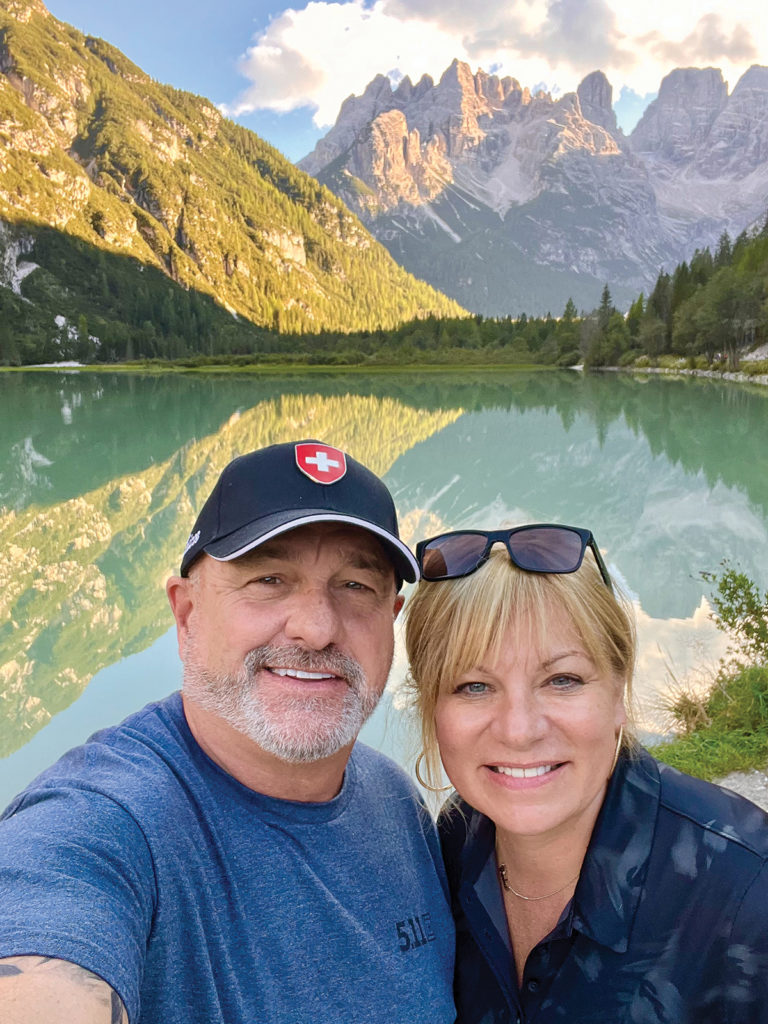
Following a thirty-two-year career with Windsor Police Service, from which he retired as a police detective, Glenn has established himself as a talented and sought after photographer.
Looking for a stress release outlet from his work while still on the job, Glenn first took up birding, and then moved into photography of birds, landscapes, wildlife. Since that time, Glenn moved on to photographing sports.
“I’ve photographed U.S. college football,” he says. “Professional photographers call me in as a back-up for NFL and NHL games, the PGA Tour. I’ve taken pictures for the OHL, CHL.”
Glenn recently took his well-honed skills in photography to some of the most beautiful landscapes in the world. When their son got married in September in northern Italy, Glenn and Vinka took the opportunity to travel throughout the Swiss Alps and Italian Dolomites.
“I have traveled all over the world,” Glenn says, “and I’ll tell you that northern Italy ranks in my Top Three of most beautiful places I’ve ever seen.”
Glenn and Vinka spent time in Cortina d’Ampezzo, Italy, located in the heart of the southern Alps. Their timing couldn’t have been better, arriving soon after Labour Day.
“Everyone told us we had just missed tourist season,” Glenn recalls. “Talking to people they said: ‘You couldn’t get this photo a week ago there were so many people.’ We had great weather—wearing shorts and T-shirts even in the mountains. The place reminded me of Lake Louise and Moraine Lake, outside of Banff.”
Glenn said that he snapped the photograph of Cortina d’Ampezzo with his iPhone.
Aside from the breathtaking beauty of the region, Glenn and his wife were bowled over by the cuisine.
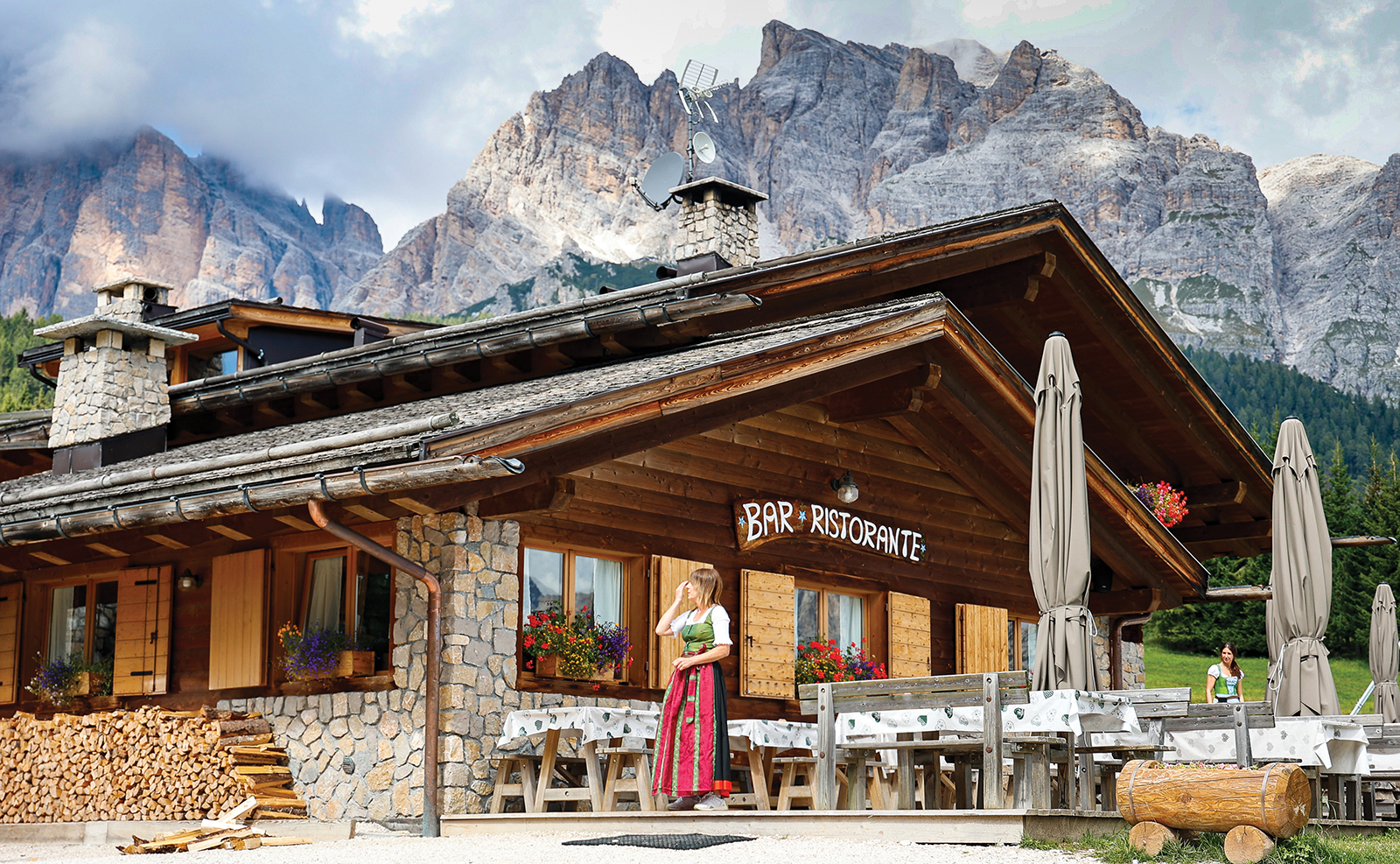
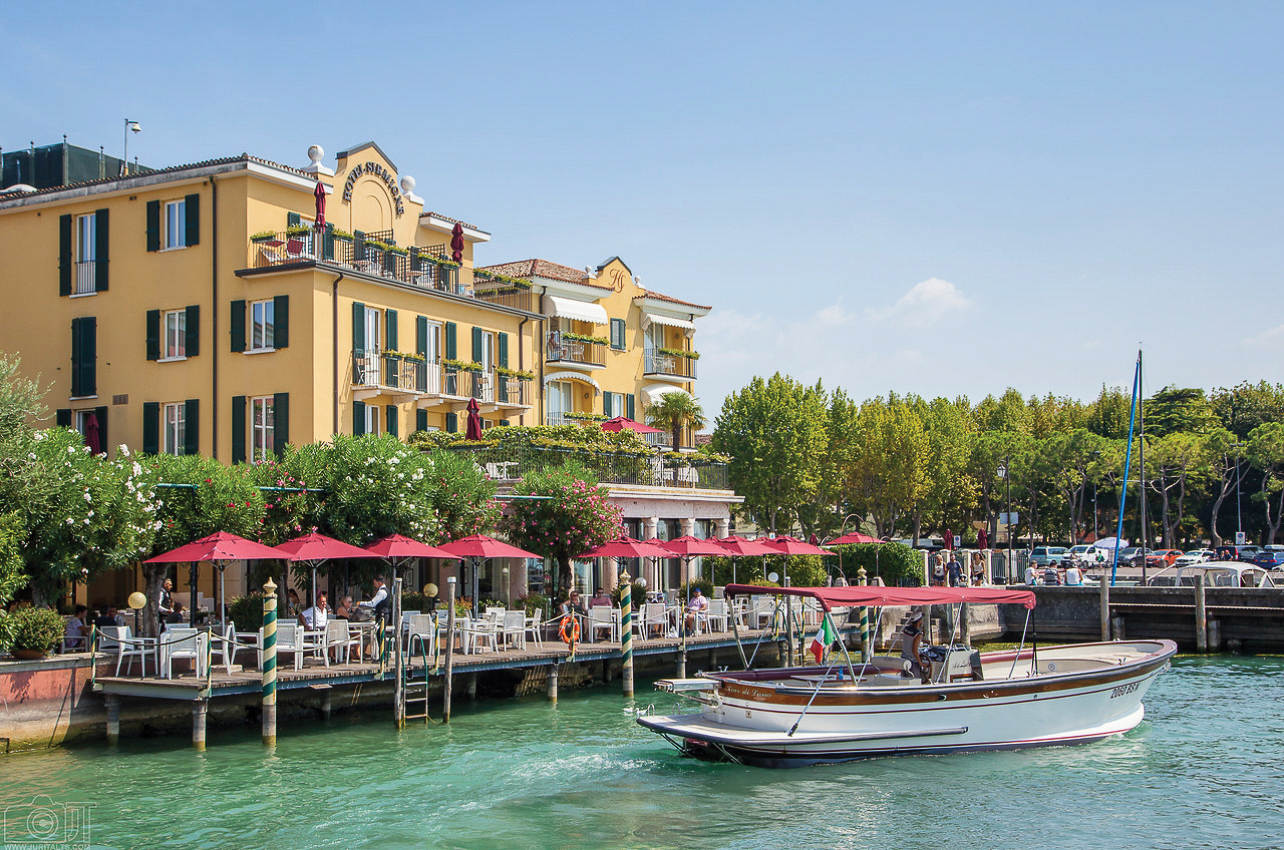
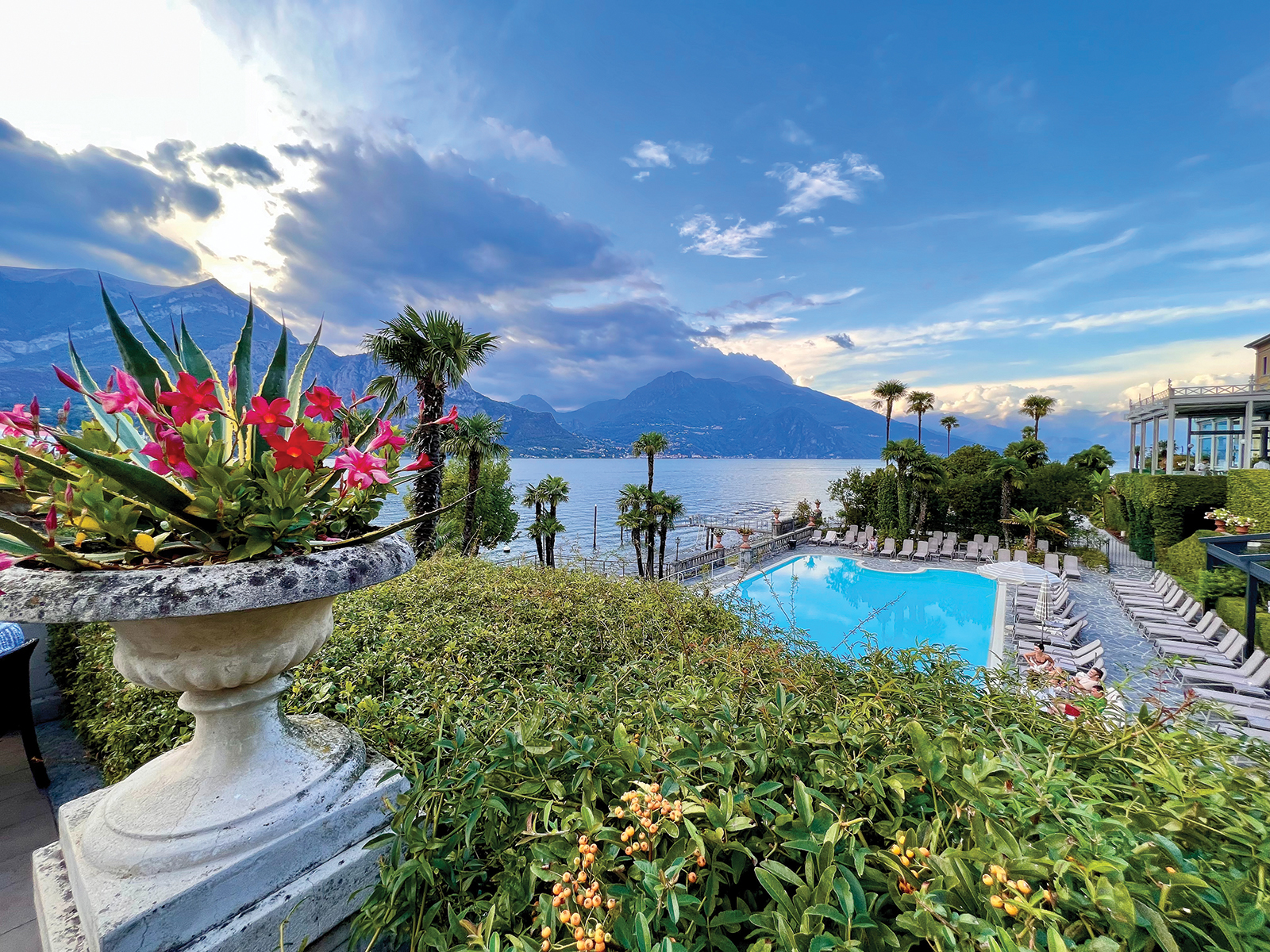
“The food in northern Italy was excellent,” he says, “but it’s different from what you think. There was a strong German influence. The road signs in that region are in Italian and German. So are the names of the towns. The meals consisted of lots of veal and seafood influenced dishes. Breakfast was salami, cheese, bread, not so much eggs and bacon. They drink white wine with breakfast. Restaurants offered wild game, like venison and elk.”
In the Lake Como region, they got around using water taxis and Glenn snapped reams of photographs of the breathtaking scenery.
“I had probably the best lasagna of my life there,” he says. “It was at a tiny restaurant at the side of the road in a town I cannot remember the name of. We sat at the outdoor café. A man near us had his dog on a chair, seated across from him at his table.”
It was not only the beauty and the food that made an impression, but also the region’s history.
“We went to a vineyard in northern Italy,” Glenn continues, “and on the side of the building, in the original brick work, I saw the year: 1216. To think that building was a thousand years old! Our son’s wedding rehearsal dinner was held there. We saw other castles that dated back to the 800s and 900s. The history was amazing.”
Glenn and his wife are spontaneous travelers, making any number of unplanned stops along their journey: “Oftentimes we set out on drives that should have taken us a couple of hours and ended up being eight hours because we stopped along the way to walk and take pictures.”
They eventually found themselves in Switzerland, where they spent two days in the town of Lauterbrunnen. English was widely spoken, and the scenery was enough to stun the senses.
“The scenery was mind boggling,” Glenn says. “I’ve shown pictures I took there to people and they’ve said to me: ‘That can’t be real.’”
He continues: “Switzerland is a very wealthy country. I saw more luxury cars in St. Moritz than anywhere else in my life. The people are very friendly. And everyone is so active. I noticed in St. Moritz, even people in their eighties are out hiking, kite surfing. They are very big into the outdoor lifestyle.”
Dining in Switzerland was reminiscent of Glenn’s previous experience in France, what with the variety available ranging from chicken to seafood. Enjoyable as it was, it was no match for Italy.
“In Italy, going to dinner was an event,” Glenn recalls. “When you sat down to eat, you were welcome to stay at your table for the rest of the night. No one rushed you. Dinner could be a three-to-four-hour event if you wanted it to be that. The restauranteurs were happy to have you.”
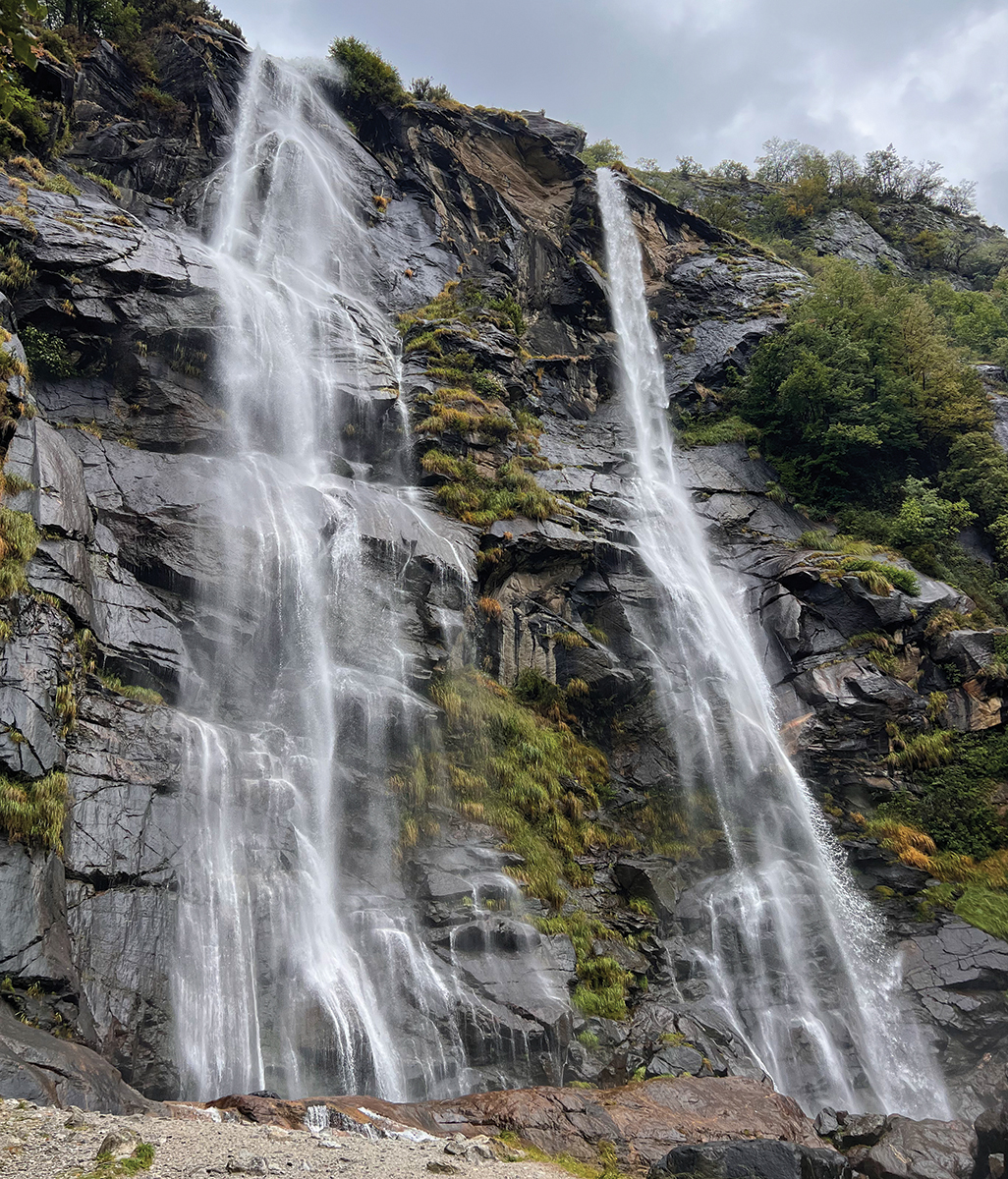
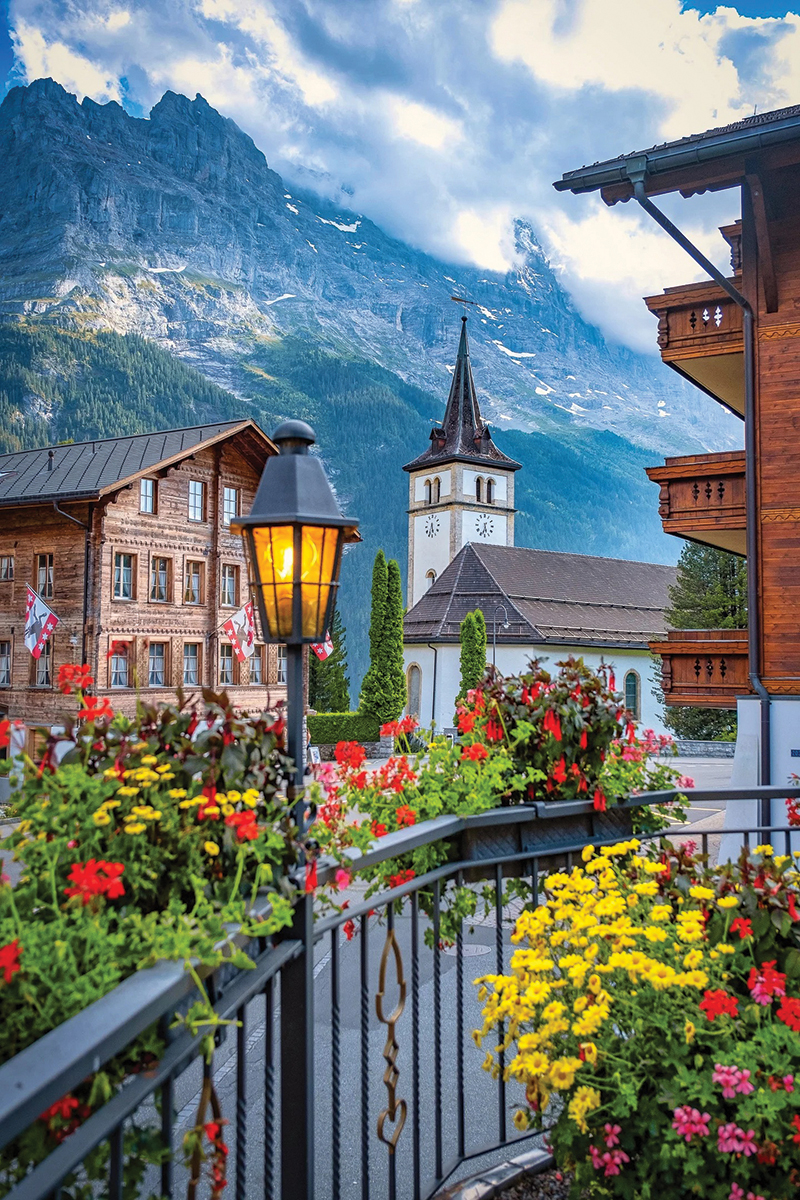
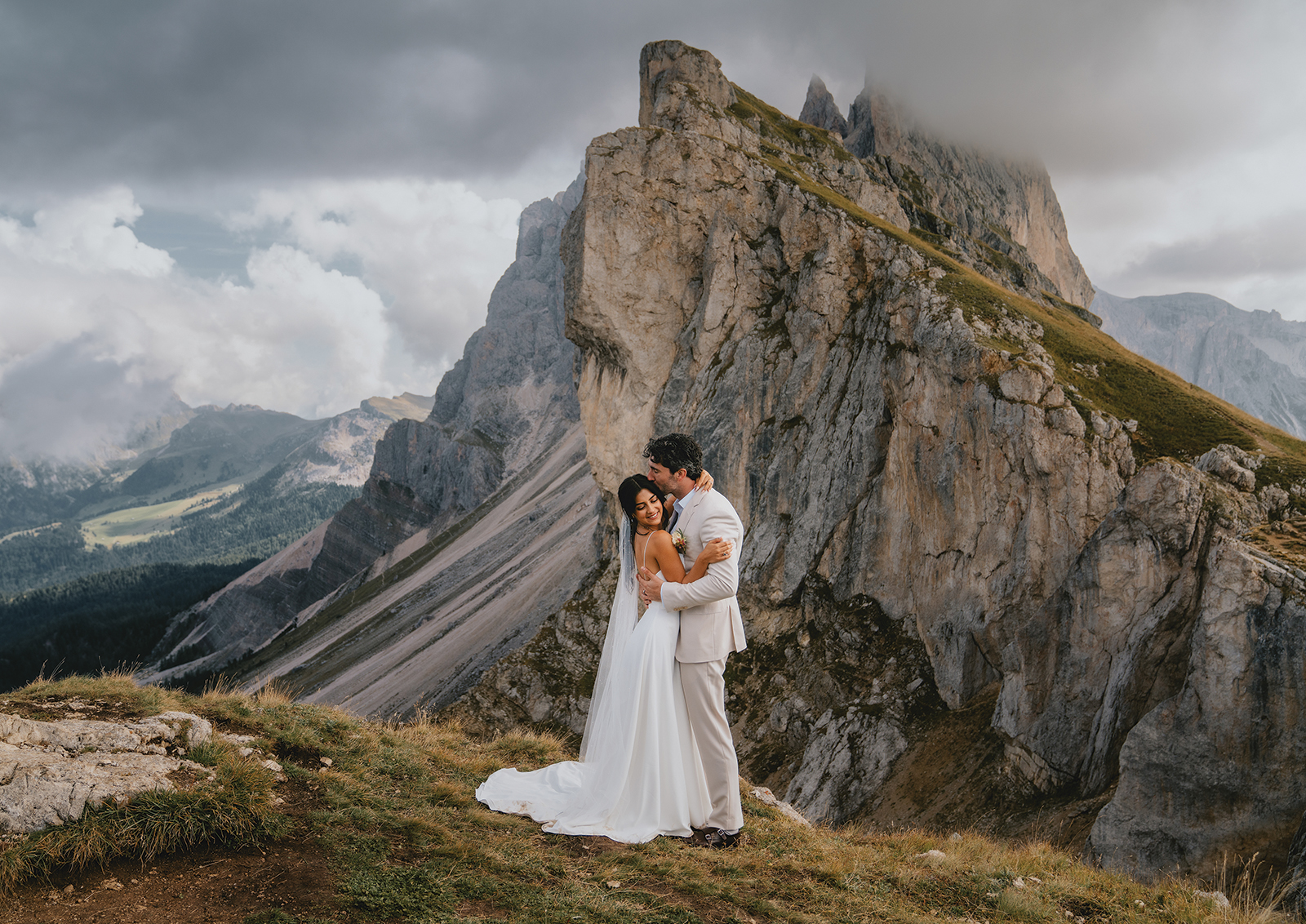
Among their stops in Italy, Glenn and Vinka found Bar Ristorante, a “refigio”, a small bar/restaurant in the mountains people hike or mountain bike to. Rooms were available for overnight stays. Situated 6,500 feet above sea level in the Italian Dolomites, it was no easy venture.
“From our table on the patio we looked down into a green valley, more than a mile below us,” Glenn says. “In that region, all you hear are bells ringing…cow bells. That’s how the ranchers find them in the mountains.”
At Lake Como, Glenn and Vinka stayed at the Bellagio Hotel, and virtually had the place to themselves. “People told us: ‘If you were here before Labour Day, you wouldn’t have been able to move. The whole town, the streets are narrow. Cars aren’t allowed on them. There were incredible restaurants and cafés everywhere. I had lemon gelato, hand made right there. It was a treat for the senses! You don’t go to a place like that if you’re on a diet!”
It was on Mount Seceda that their son’s wedding took place.
“We were 6,700 feet above sea level, and it was not the easiest location to get to for people wearing suits and dresses.”
After taking a 25-person cable car up the mountain, where a smaller cable car waited to take the group another portion of the way, the wedding party still had another two kilometer walk to the site.
Wherever he travels, Glenn takes his “bird list” with him, that list of rare birds known to a particular region.
“We were just standing in a parking lot at a base of a mountain when I mentioned to my wife that there is an extremely endangered vulture in southern Switzerland, the bearded vulture,” Glenn says. “There are twenty-five of them left in the world. I said to her: ‘If you see something with a giant wingspan, let me know.’”
Not a moment later, Vinka said to Glenn: “Oh, like that one?” She pointed to a bird soaring above him. Glenn turned and lost his breath for a moment. Exactly like that. She spotted a bearded vulture.
It was a whirlwind fortnight of travel—one to remember. Glenn managed to bring some of that splendor home with him.


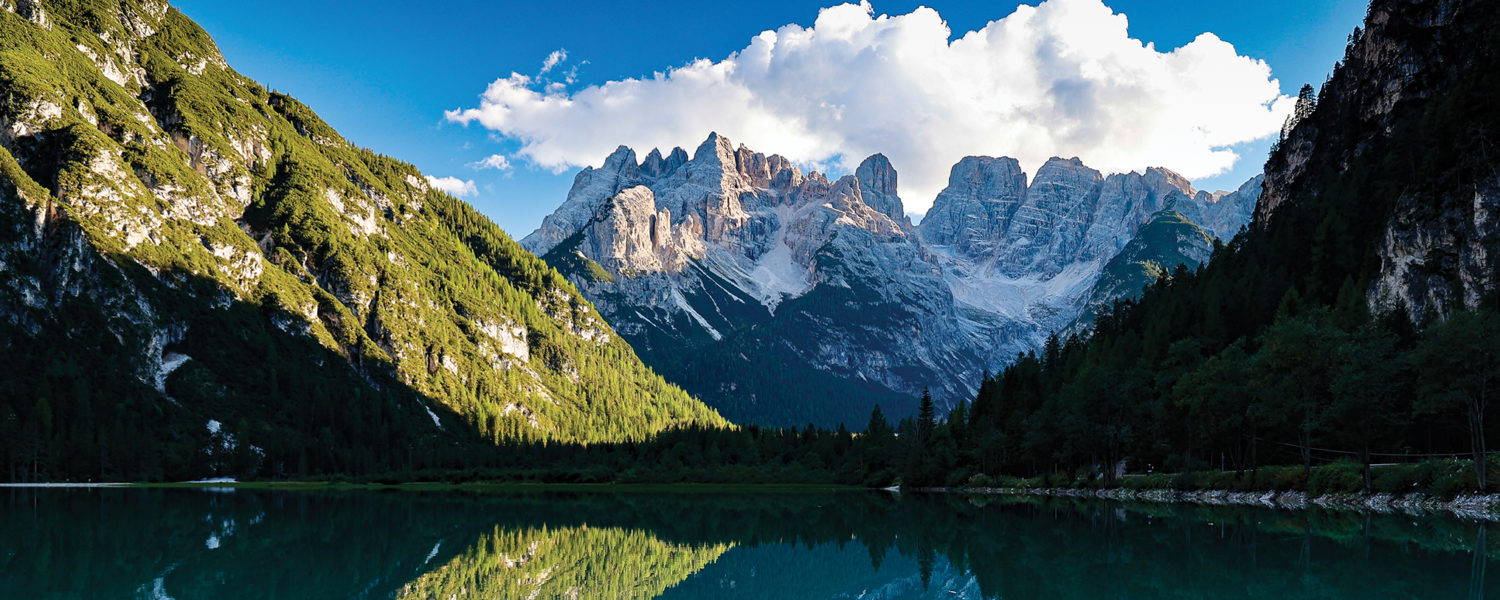

Add comment